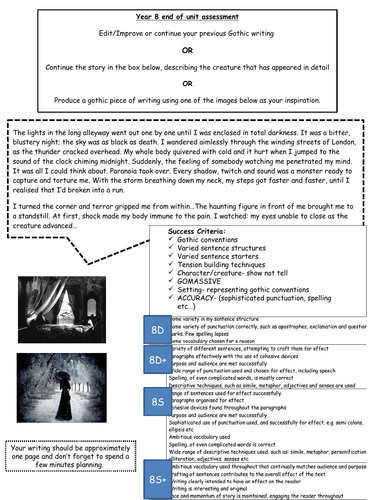Literacy_made_easy
I am a secondary trained English teacher and current HoD. I have taught a range of subjects for over a decade including KS2 and KS3 Humanities and even some PE too, I have also been part of a KS3 pastoral team. All my resources that are uploaded are taken from what I deem to be my better lessons or from what have been my most impactful on students' engagment and outcomes too. I hope they help as a time-saver or even a starting point for you too.










